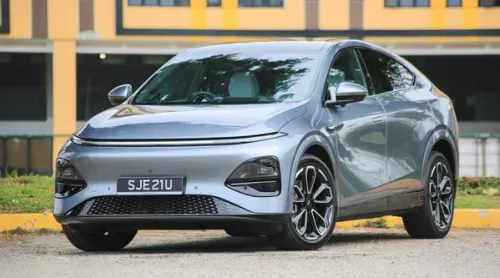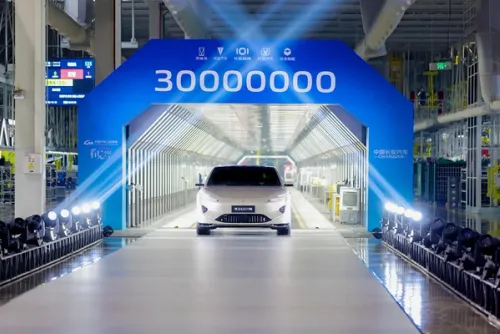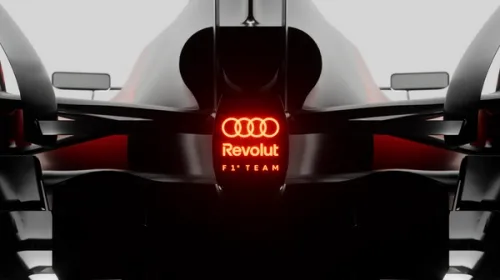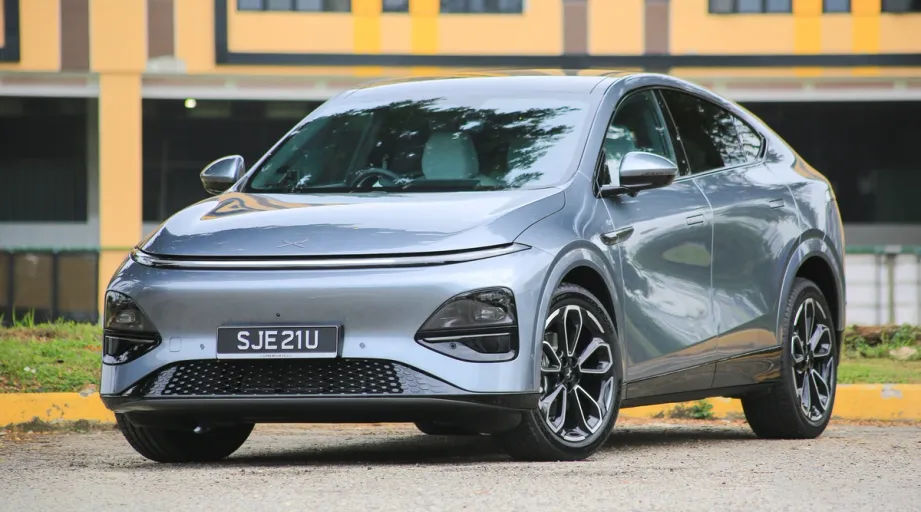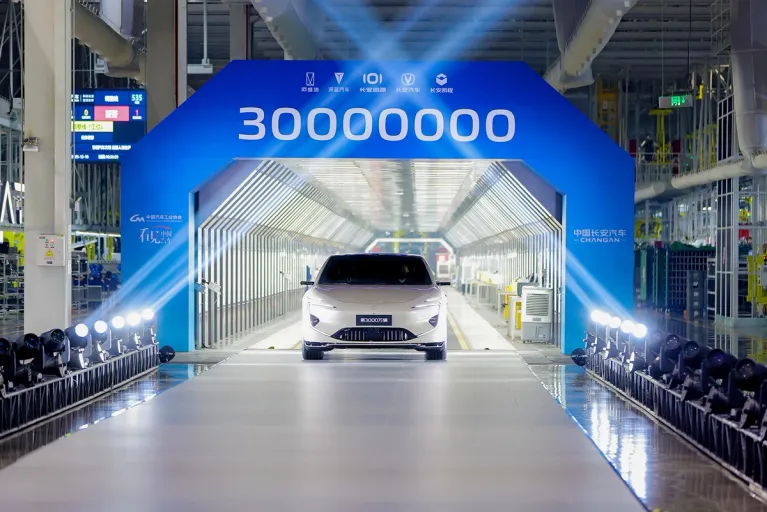Key differences between Hybrid vs Electric Cars
What are the types of hybrid and electric cars you can find on our roads (and showrooms!) today?

Car manufacturers are increasingly joining the Hybrid and Electric Car bandwagon. Ever tightening emissions regulations globally, a rapid international growth in charging infrastructure and growing acceptance of using such vehicles as a viable means of commuting, may be reasons that are spurring automakers on to developing and manufacturing such vehicles. Currently, there are many eco-friendly cars, with varying amounts of electrical assistance and differing approaches to electrification. Let’s look at the common types you’ll see on our roads!
Unlike the rest of the hybrids featured in this article, these Mild Hybrid vehicles are incapable of travelling on pure EV mode only. They often sport traditional Internal Combustion Engine, but with a few key differences, such as the replacement of the starter and alternator with an electrical device. This allows the engine to be switched off when the car is coasting or decelerating, but be rapidly fired back up again when needed.
These systems provide much-needed assistance during acceleration or whilst driving at low speeds. Some car makers may further improve economy by combining this technology with information gathered from the sensors present in modern vehicles, allowing the computers to determine when to switch between regeneration and coasting! That being said, it is worth noting that various automakers do their mild hybrids differently, with VW/Audi Group cars fitting our aforementioned definition, but others, like Land Rover only shutting their ICE engine off below a certain speed and harvesting electricity whilst at it.
This is the most common type of electrification found on our roads today. These vehicles often give up some engine capacity and power, using a small electric motor and battery pack to make up the deficit. Around town, or at lower speeds, these vehicles run on pure electricity, as it is more efficient in that use case, but on larger and faster roads, the Internal Combustion Engine (ICE) takes over, as it can output more power, and is better for use at higher speeds.
The lure of a Parallel Hybrid is the promise of improved fuel economy without compromising on pick-up. The ICE engine, as well as running on battery power alone at lower speeds, mean less petrol is burnt, and when the conditions call for it, the battery pack and motor can supplement the ICE under hard acceleration, giving the car just the boost it needs to catch that gap in traffic! Common parallel hybrids include the Toyota Prius and Hyundai Ioniq Hybrid.
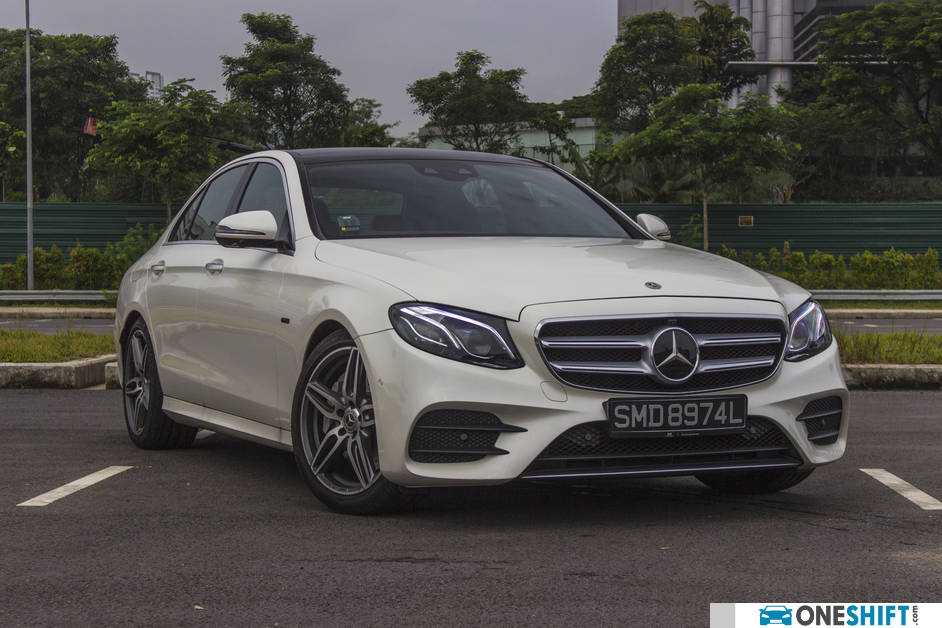
Plug-In Hybrids are the go-between of the Battery-Electric Hybrid and a pure Electric Vehicle (EV). The technology that goes into a plug-in is often more advanced and consequently more expensive than a typical Battery-Electric Hybrid, which is why you typically only find plug-in versions of higher end vehicles.
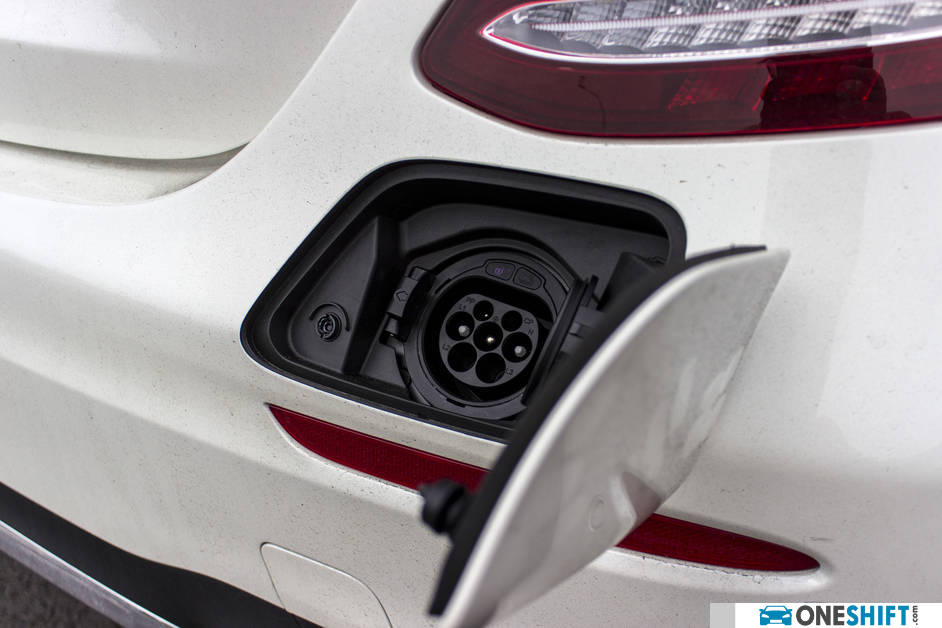
These vehicles have more electric range and power than their traditional hybrid counterparts and can be recharged from the wall just like an EV (hence the plug-in moniker!). Unfortunately, the larger battery pack comes with a trade-off – a smaller boot, as automakers often stash the pack underneath the boot floor! You can find Plug-In Hybrid versions of most big Beemers and Mercedes cars, although there are a couple of mainstream PHEV that you can purchase, like the Kia Niro PHEV or the Mitsubishi Outlander PHEV!
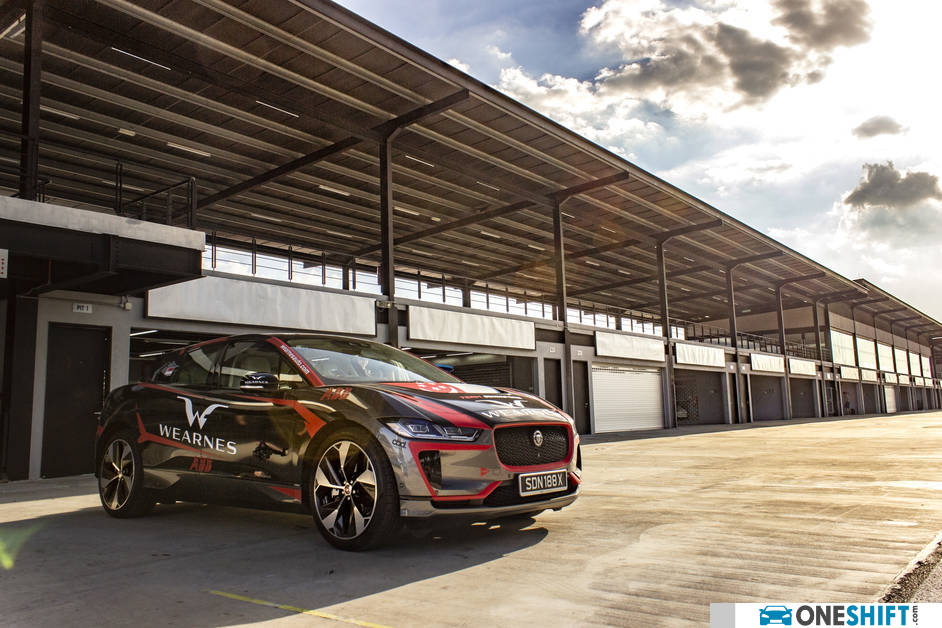
Electric vehicles are still fairly uncommon on our roads, though with more charging stations springing up all over the island, widespread adoption in the not-too-distant future isn’t that far-fetched of a concept. A wide range of automakers across all categories and car classes have made their own EVs.
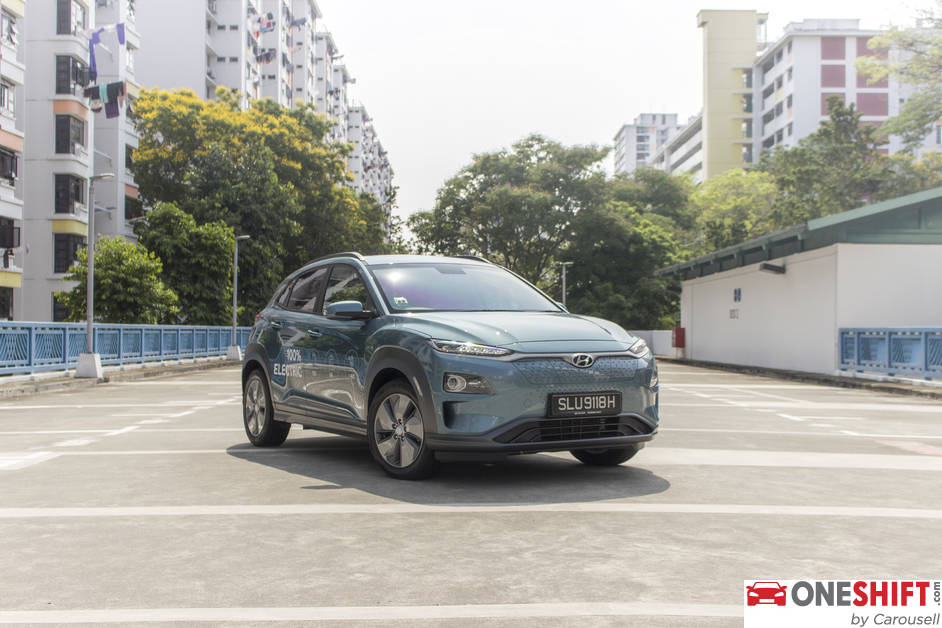
Power output and range can differ vastly even from a manufacturers’ own catalogue, so if you’re getting one, make sure you familiarise yourself with all the EV lingo! Manufacturers often design their pure EVs with battery packs underneath the floor of the car itself, which should technically mean larger boots than their hybrid counterparts, but again, it depends on which make and model you end up purchasing!
Electric cars that you can a buy today include models from Tesla's catalogue, but if you'd like an offering from a more mainstream automaker, you may want to take a look at the Hyundai Ioniq and Kona EVs, the Kia Niro EV, and the Jaguar I-Pace.
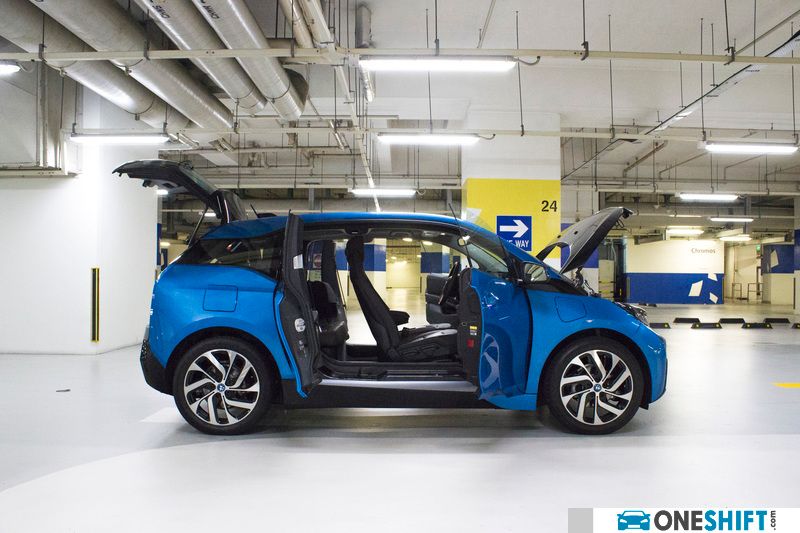
Driveline loss is a definite thing. Significant power losses can occur between the flywheel of the engine and the driven wheels of the vehicle. Range extenders help curb this loss by minimising the number of moving components in the drivetrain.
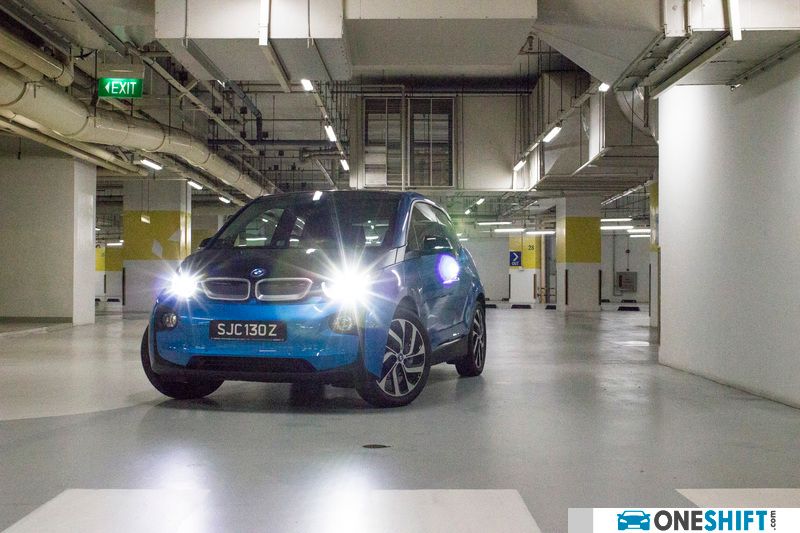
These cars function like EVs, and can be recharged from the wall, but should range ever become an issue, a tiny but efficient ICE engine kicks on, and recharges the battery pack as you drive along. And yes, the ICE engine isn’t directly connected to the wheels, and doesn’t directly put power down on the road, instead, driving a generator that tops up the battery. Range Extenders aren't that common, but if you're tempted by the benefits presented by these cars, BMW has your back, with their i3 and i8 models!
Credits: Jek Ray Low


Get the Best Price for your used car
from 500+ dealers in 24 hours

- Convenient and Hassle-Free
- Consumer Protection
Transparent Process
With No Obligation

